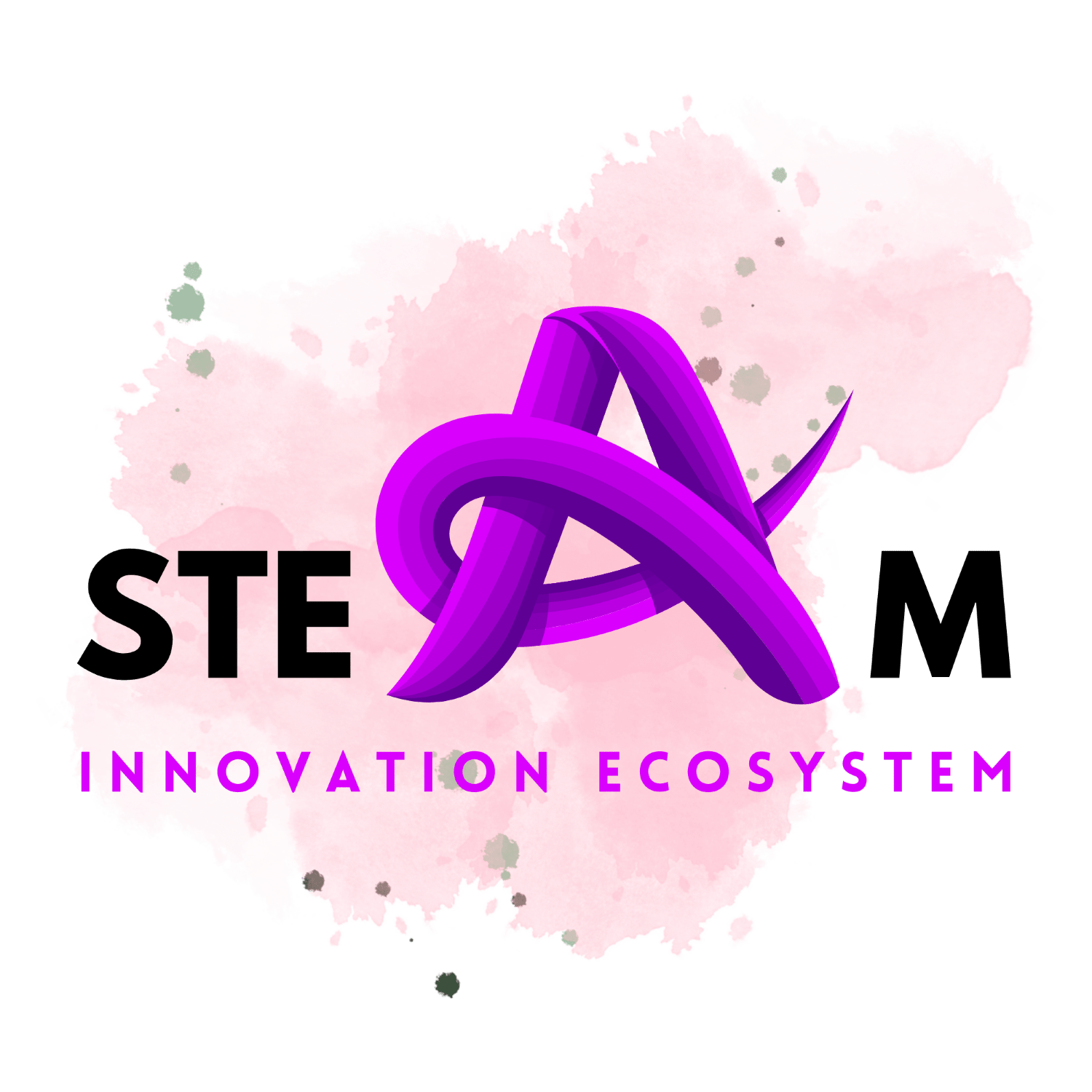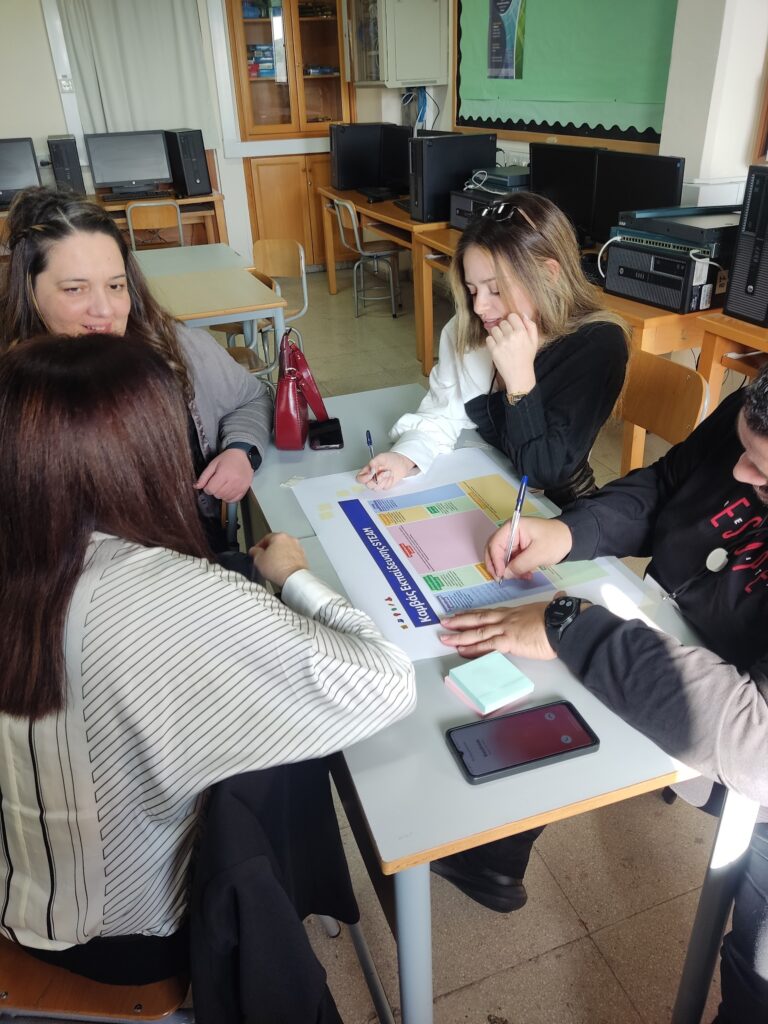Article By Inquirium
In an age where technological progress and societal complexity intersect, traditional educational models often fall short of equipping students with the skills needed to navigate our rapidly evolving world. The STEAM Innovation project responds to this gap by proposing an integrated educational blueprint that combines Science, Technology, Engineering, Arts, and Mathematics (STEAM) to foster holistic, inclusive, and creative learning. Founded by the European Union, this initiative seeks to redefine how education connects with culture, sustainability, and digital transformation.
This article presents an overview of the project’s goals and outlines the rationale behind its educational and methodological blueprint, which aims to create impactful, cross-disciplinary learning environments. Emphasizing inquiry-based learning and design thinking, the STEAM Innovation framework places students at the center of a transformative educational process, one that values both scientific inquiry and artistic expression.
The Core Philosophy: Bridging Science and Art
At the heart of the STEAM Innovation project lies a fundamental belief: that scientific literacy and artistic creativity are not opposing forces but complementary paths to knowledge.3 The project’s blueprint articulates a vision where young learners (ages 9–18) engage deeply with both scientific content and cultural expression through practices such as theatre, music, and hands-on making.
The rationale for this integrated approach is rooted in the need to bridge disciplines for deeper understanding, respond to social inequities, and empower learners as creators and citizens. Real-world problems do not respect disciplinary boundaries.4 Climate change, public health, and digital ethics require not only scientific understanding but also empathy, communication, and cultural insight—competencies often nurtured through the arts. The blueprint argues that combining STEM with the arts fosters a more meaningful, relatable, and inclusive learning experience.
Moreover, the project specifically targets marginalized and underrepresented groups in STEM fields, using the arts to lower entry barriers and validate diverse forms of knowledge. By connecting science to students’ personal and cultural narratives, STEAM Innovation cultivates a stronger sense of belonging and participation, particularly among learners with fewer educational opportunities.
The blueprint repositions students from passive receivers of knowledge to active change-makers. By engaging in collaborative projects—such as designing sound-based representations of environmental data or dramatizing scientific phenomena—students not only learn content but also develop critical skills like problem-solving, design thinking, and ethical reasoning.
Pedagogical Framework: Feel, Imagine, Create, Share
The pedagogical foundation of the STEAM Innovation blueprint is built upon inquiry-based learning and design thinking. These methods are embedded in a four-phase learning model: Feel, Imagine, Create, and Share, inspired by both the British Design Council’s Double Diamond framework and the OSOS Open Schooling Model. Students begin by identifying problems in their communities, fostering empathy and contextual understanding. Through guided brainstorming and collaborative planning, they develop creative solutions grounded in real-world science. Learners then build, compose, or perform their projects—ranging from music compositions to theatrical productions and prototypes of scientific innovations. Finally, they present their outcomes to the wider community, building dialogue and civic engagement.
This cyclical model is supported by mentorship and resource structure that includes collaborations with artists, scientists, educators, and local stakeholders.7 Schools are encouraged to become incubators of innovation, where students’ creations connect deeply with local culture and environmental challenges.
The STEAM Innovation methodological blueprint marks a significant step toward transforming European education into a more inclusive, relevant, and participatory system. By integrating the arts into STEM education, the project not only enriches learning experiences but also empowers students to contribute meaningfully to society.
As Europe and the world grapple with digital, ecological, and social transformations, educational models like STEAM Innovation offer a promising path forward. They remind us that true innovation happens not only in labs and studios but in the intersections between them—where science meets storytelling, data meets dance, and learners become leaders.





